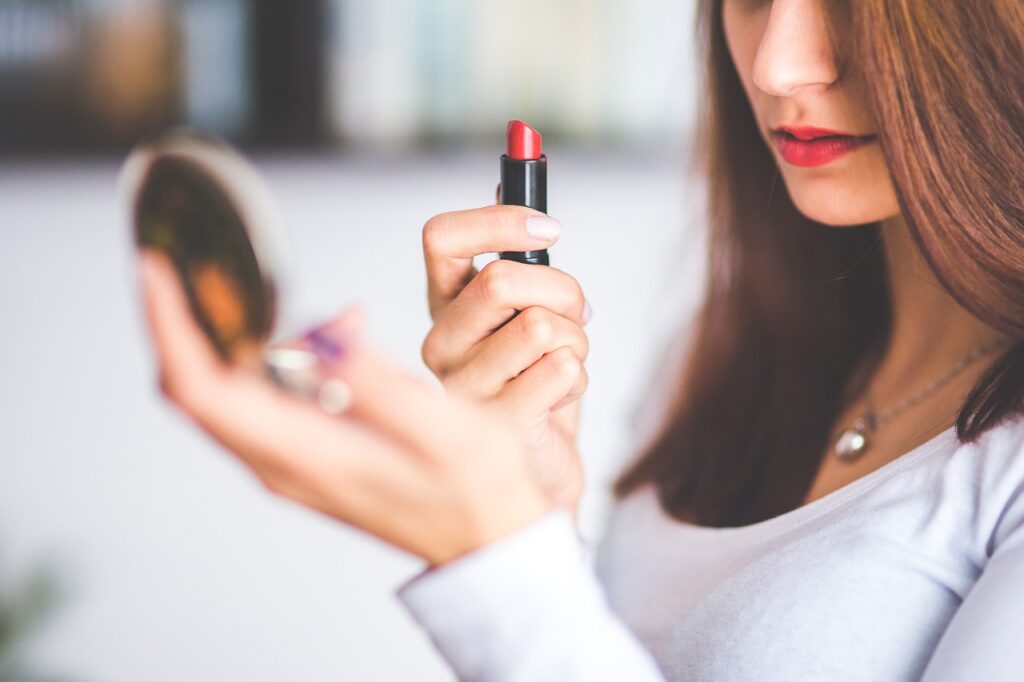It is a well-known struggle that trying to read and understand the ingredients list on cosmetics is a long and confusing process. It is highly recommended to know what is in your cosmetics, because the origins of some of these ingredients not only will shock you, but will change how you look at certain products. One of the most notable ingredients that you should know about is Carmine, because it originates from a source not many people would like if they found out about it.
The ingredient is found in many beauty products, but to many people’s surprise, carmine is a pigment derived from an unexpected source: the cochineal insect. Why do many cosmetic products use this ingredient, and should we be worried?
The Origins of Carmine
To many people’s surprise, Carmine originates from a cochineal insect that is native to Central and South America. However, it has been used for centuries, dating as far back to the ancient Aztecs, who crushed the bugs to create a red dye for art, textiles and ceremonial purposes.
In fact, the process to create Carmine is not only intricate, but labor intensive, because it requires people to harvest the bugs, boil them, dry them, and crush them into a fine powder. While the process to create Carmine has been simplified and automated, it still remains a staple in the cosmetic industry due to its bright red color that is hard to replicate effectively synthetically.
Carmine’s Place in Cosmetics
Carmine is often hidden behind a variety of names and codes on product labels for the sake of space and marketability. As a result, consumers of all walks of life find it challenging to identify the ingredient and understand what they are putting on their skin. For example, Carmine is disguised under names such as Natural Red 4, Crimson Lake, and CI 75470. While the marketability of Carmine’s different names makes it difficult for people to avoid certain ingredients, there is no denying that there is an ethical concern regarding this lack of transparency.

The Ethical Implications of Carmine
While the idea of using lipstick that was derived from a bug can be unsettling, it raises a number of ethical concerns particularly for vegans, vegetarians, and those committed to honest and transparent practices. As one of the main concerns of the usage of Carmine is derived from its deceptive marketing, it reveals a lot about the beauty industry’s reliance on ingredients from questionable sources.
It is important to note that not every lipstick contains this insect-derived pigment due to its rarity and cost. Carmine is generally safe to use in cosmetics and people should not be worried about it unless they develop an allergic reaction to it. However, in such a scenario, those who suffer an allergic reaction may experience symptoms such as rashes and irritation, which can be troubling if you did not know about it before using a cosmetic with Carmine in it.

The Benefits of Using Carmine-Free Products
By opting to use carmine-free products, consumers are not only aligning their ethical values with their actions, but they now gain access to a wide range of shades and high-quality formulas. In fact, Carmine-Free products can also lower the chances of experiencing an allergic reaction because these brands would use alternative colorants that significantly reduce the chances of an allergic reaction from taking place.
On top of it all, by using Carmine-Free products, cosmetic brands are embracing transparency about their sourcing and ingredients, which allows consumers to learn more about what kind of ingredients they want to use for their day-to-days. While social media has amplified this shift, many beauty influencers are more focused on educating their audiences about what’s in their cosmetics and are encouraging the practice of informed decision-making.
Should Carmine Still Be Used?
While the question of whether Carmine should be used or not is part of a larger conversation about the beauty industry’s common practices and lack of transparency. By choosing Carmine-free products, you would not only align with your personal values more closely, but you can support sustainable practices that respect both the planets and the insects that produce Carmine.
Whether you are drawn to the bold reds or exploring sustainable alternatives, knowing the origins of your makeup can make a huge difference in how you approach your routine and what kind of products you use.
Related posts:
Does Your Red Lipstick Contain Crushed Bugs?
Does Your Red Lipstick Contain Carmine (Dead Bugs)?
Is Red Lipstick Made From Bugs?



